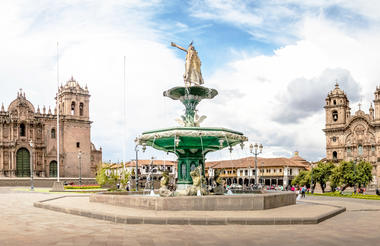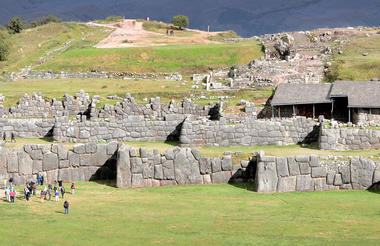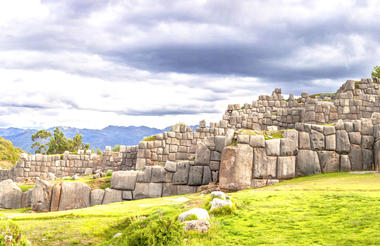Once called the ‘Navel of the World’ by the Incas, Cusco rises in the southern Andes of Peru, where colonial grandeur meets the enduring stonework of the Inca Empire. A UNESCO World Heritage Site, it serves as the main gateway to Machu Picchu, the Sacred Valley, and surrounding ruins. At its centre, the Plaza de Armas—once Huacaypata—remains alive with cafés, arcades, and the 16th-century Cusco Cathedral, built from Sacsayhuamán’s stones. Nearby, the San Blas district unfolds with whitewashed adobe houses, blue balconies, and workshops where artisans craft metalwork, woodcarvings, and sacred art. Across the city, layers of history reveal themselves in landmarks such as the Korikancha, the Inca street of Hatun Rumiyoc with its twelve-angled stone, the Museum of Colonial Art, and the ancient shrines and water temples scattered through the surrounding hills.
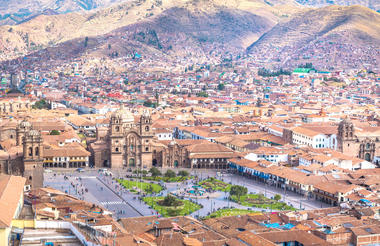
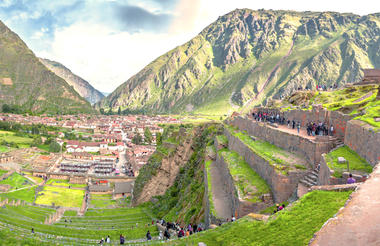
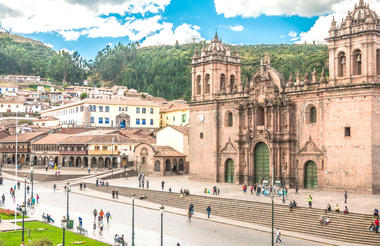
Also known as Urubamba Valley, the Sacred Valley of the Incas is located in the Peruvian Andes, beneath the world-famous site of Machu Picchu and not far from Cuzco, the unofficial Inca capital. This fertile valley is fed by a network of waterways and encompasses a wealth of archaeological sites, including Ollantaytambo, renowned for its extensive Inca ruins; Tipon, which features ancient agricultural terracing and a working irrigation system; and Pisac, with its ancient vestiges and colourful weekly market.
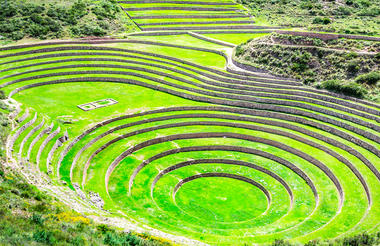
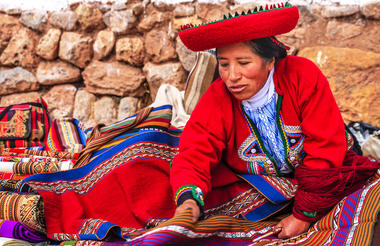
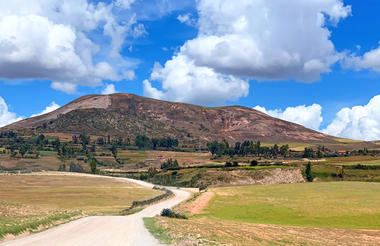
As previously described
